Usability Testing Templates
Discover usability testing templates to capture continuous user insights and learn how intuitive your product is at every stage of the design process. Test sign-up flows, mobile app usability, prototypes, and much more with your users to make impactful improvements and shape key decision-making.
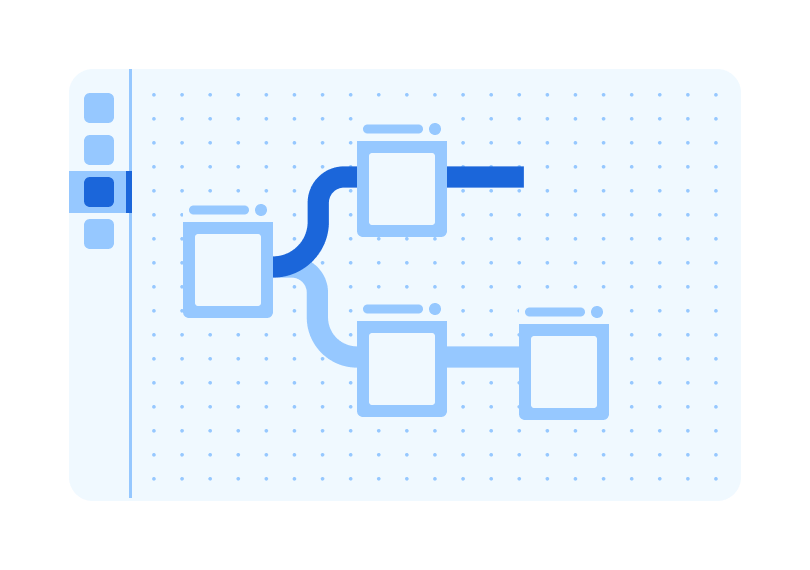
PRO
Test your website sign-up flow
Design • Research • Usability Testing • Wireframe Testing
Test your website sign-up flow
Validate your sign-up flow
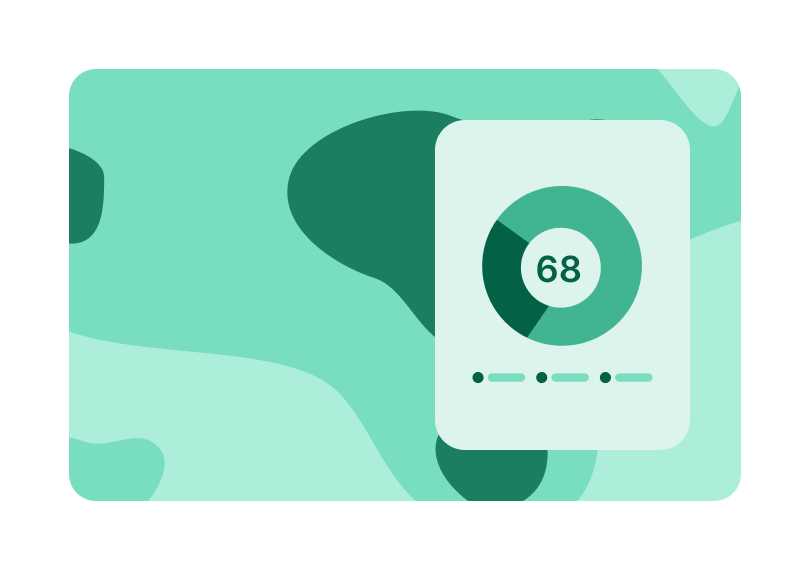
PRO
Test feature usability
Product • Research • Usability Testing • Concept Validation
Test feature usability
Feature usability template
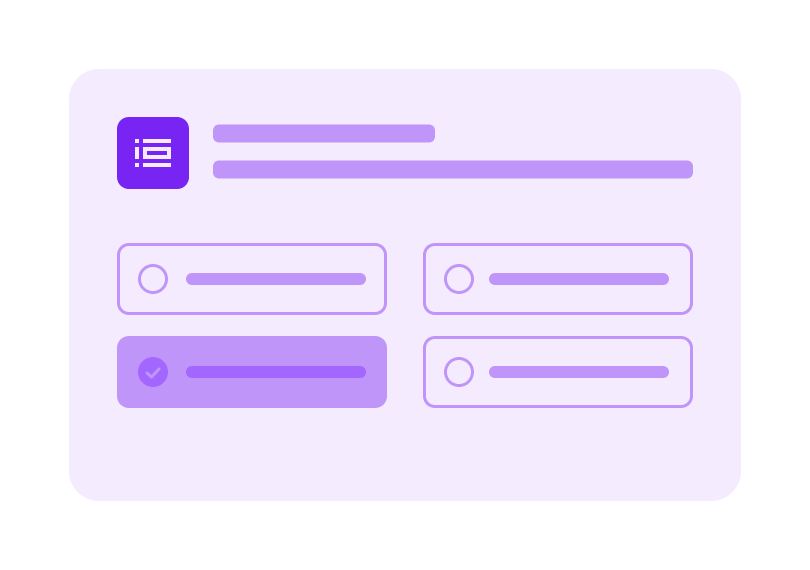
PRO
Feature discoverability template
Design • Product • Usability Testing
Feature discoverability template
Empathize with how your users make decisions with this usability test

Usability testing a new product
Design • Research • Usability Testing
Usability testing a new product
Uncover the nuances to a design with this usability test
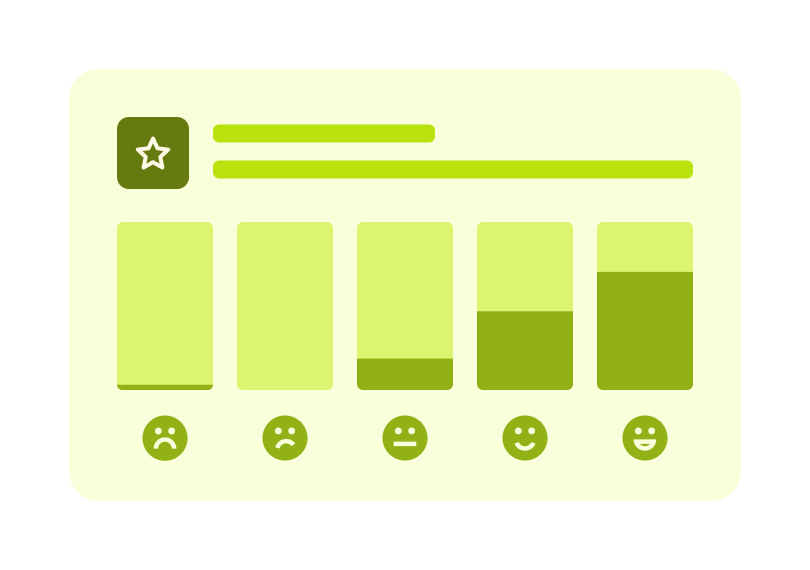
Collect insights on features
Product • Usability Testing
Collect insights on features
Prepare for your future roadmap
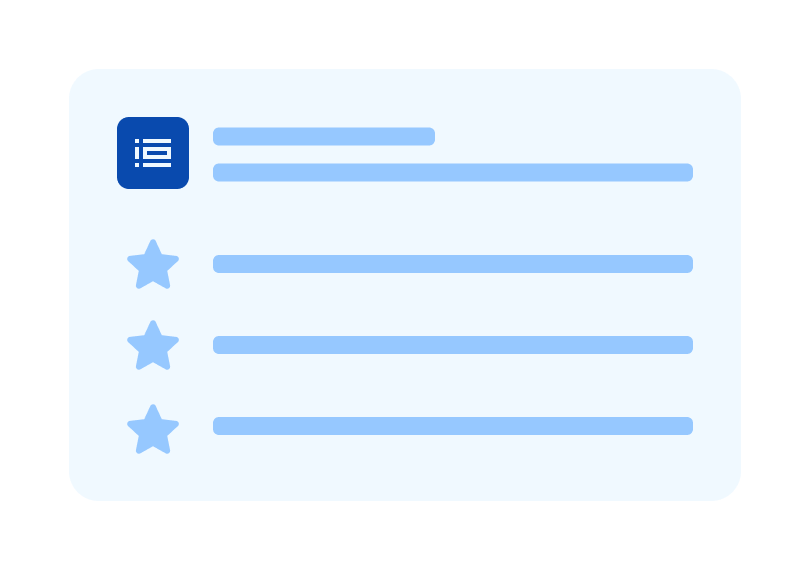
PRO
Run an early prototype test
Usability Testing • Wireframe Testing • Design
Run an early prototype test
Fail fast and improve faster with a quick prototype test
Req. Prototype

PRO
Test mobile app usability
Design • Usability Testing • Wireframe Testing
Test mobile app usability
Test your mobile product before launch
Req. Prototype
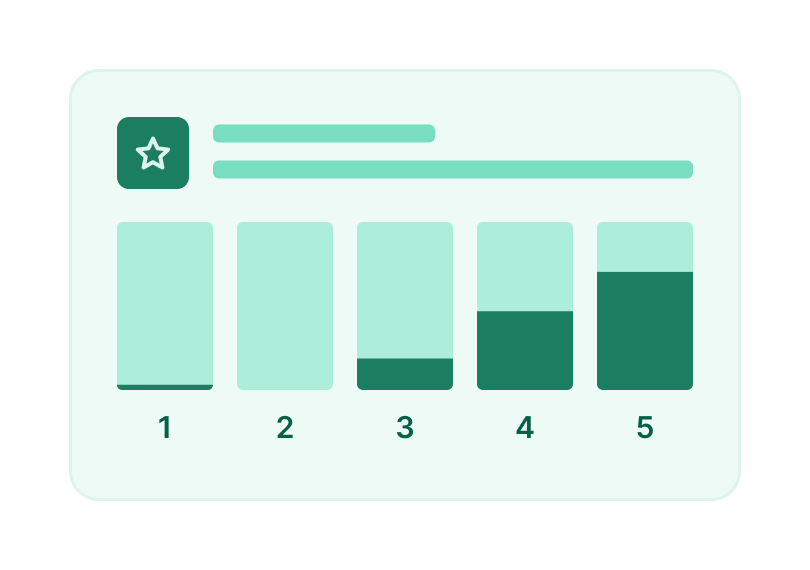
PRO
System Usability Scale (SUS) Template
Usability Testing • Product • Research
System Usability Scale (SUS) Template
Suss out your SUS
Req. Prototype

Run a Single Ease Question (SEQ) test
Usability Testing • Wireframe Testing • Research
Run a Single Ease Question (SEQ) test
Assess difficulty with a Single Ease Question (SEQ) test
Req. Prototype
What are some best practices for performing usability tests?
There are lots of things to keep in mind when usability testing, but here are some of the most important ones:
1. Establish evaluation criteria. Decide in advance what you think success should look for your product. Then establish a clear way of tracking this in your notes or studies.
2. Get consent. You should get consent both at the beginning of your usability test and again at the end. At the beginning, ask for their consent to record the test and the results. At the end, ask for consent to keep the test results and use the data. It's important to ask twice because a participant only has a loose idea of what they are consenting to in the beginning.
3. Be inclusive. It’s important to gather different perspectives on your product by including people of different abilities, demographics, usage behaviors, etc. Being intentional and inclusive in your testing audience will help you build better products because you will learn from people who are different than you and who see and do things that you do not.
4. Be mindful of length. Keep it short and sweet when it comes to designing your usability test. Your users are giving their own time to help provide insights for your product, so it’s in your best interest to not exhaust them and skew the results by asking too much. If you worry that your usability test is too long, gather feedback from a colleague.
5. Run a pilot test. Before taking your usability test out into the wild, test with somebody within your organization (and ideally not on your team). Not only can this person identify areas that may be missing from your test, they can also perform quality assurance on copy to make sure everything is clear to your users.
💡 For more tips on usabiliy testing, visit our Usability Testing guide.
Frequently asked questions
What is usability testing?
What is usability testing?
Usability testing is the process of testing your product with real people by getting them to complete a list of tasks while observing and noting their interactions.
What is the purpose of usability testing?
What is the purpose of usability testing?
Usability testing is used to understand if your design is usable and intuitive enough for users to accomplish their goals.
What is the difference between user testing and usability testing?
What is the difference between user testing and usability testing?
Across the industry, the two terms—user testing and usability testing—are often used interchangeably. While usability testing and user testing both involve product designers and developers interacting with their target user, the purpose is what differentiates them.
User testing typically comes before usability testing. The goal is to determine whether future users need the product, tool, or service in question.
Usability testing can happen at any and every stage of the design process. The aim is to review how users use the product, tool, or service, and whether they can navigate it successfully to achieve their goals. This is accomplished by asking users to complete a list of tasks.
What are the different types of usability testing?
What are the different types of usability testing?
Generally speaking, there are 3 main categories when it comes to methods of usability testing:
- Qualitative or quantitative
- Moderated or unmoderated
- Remote or in-person


